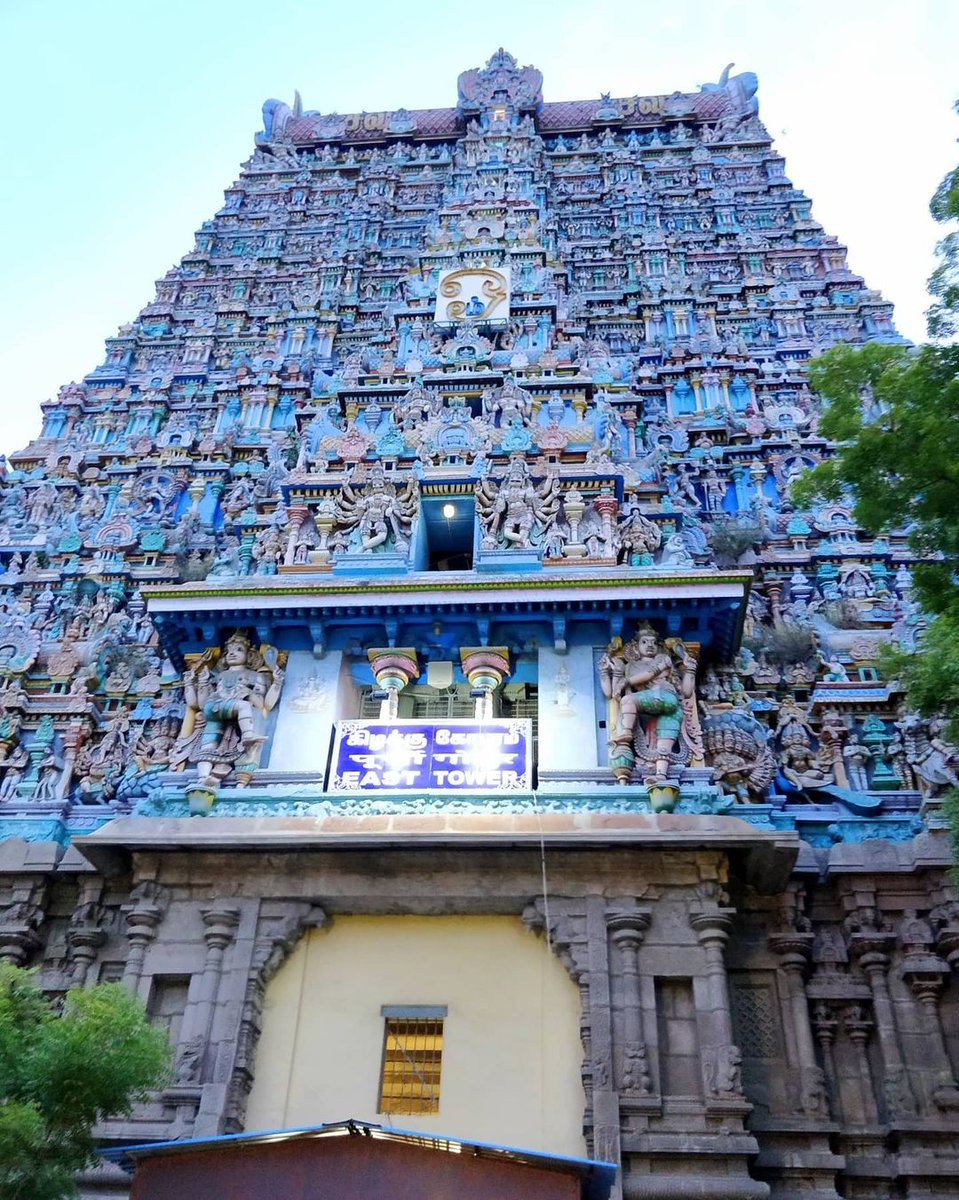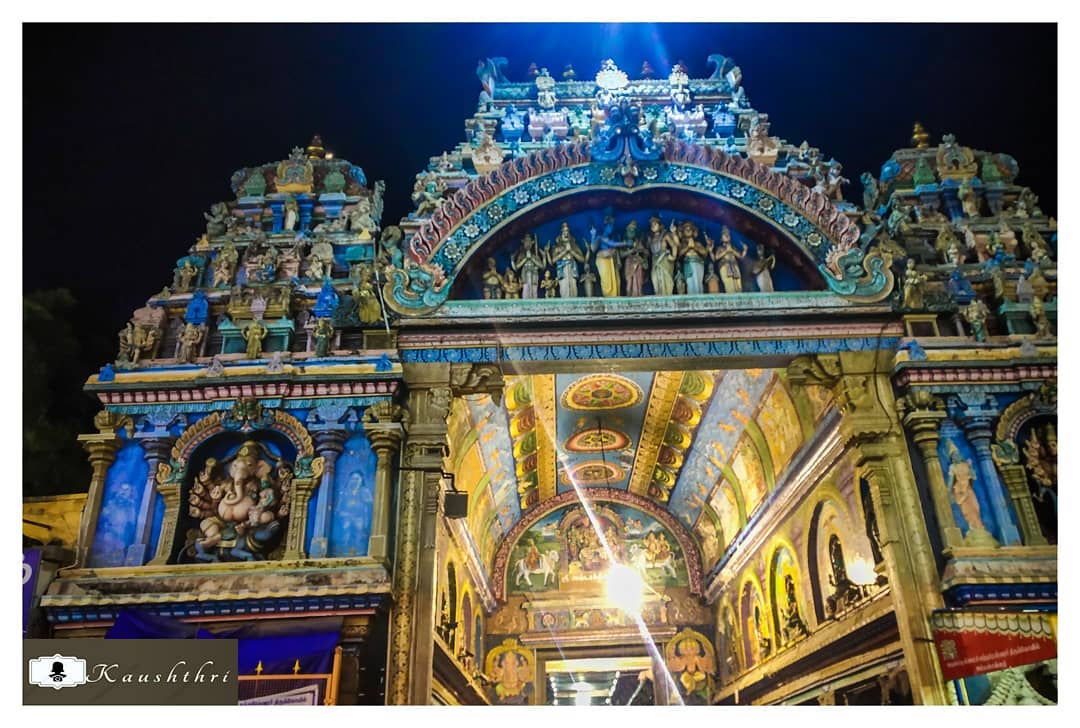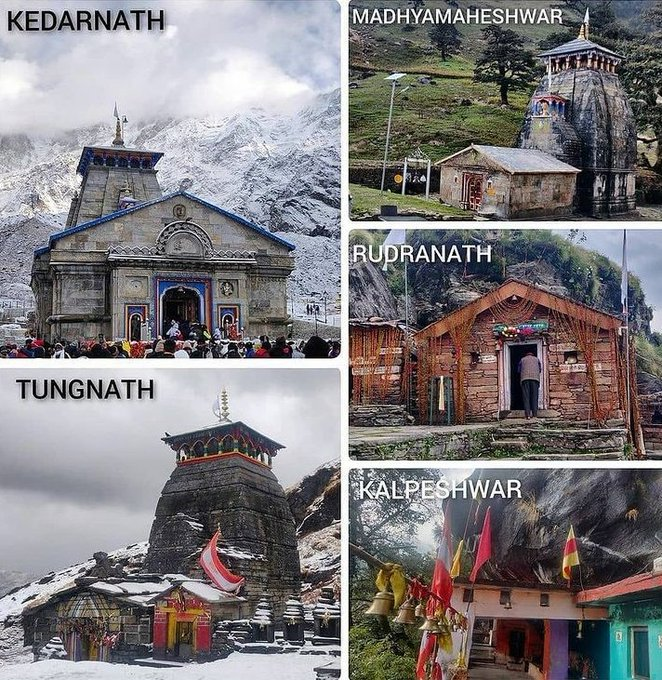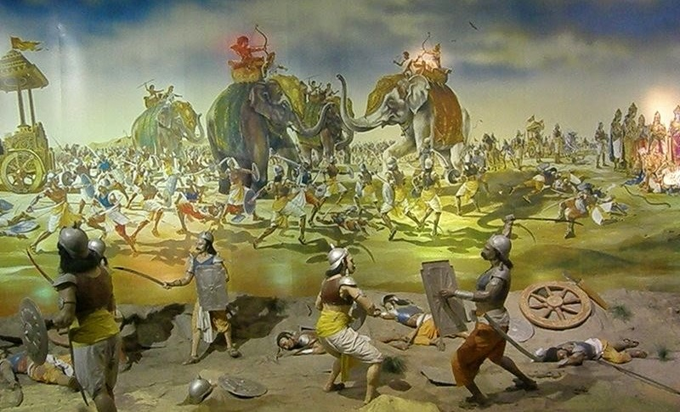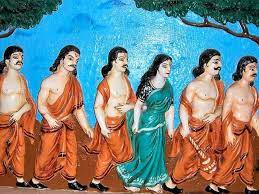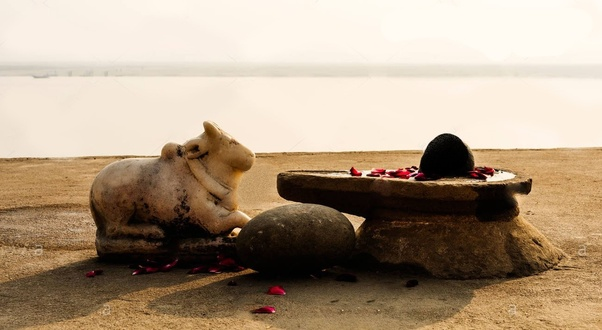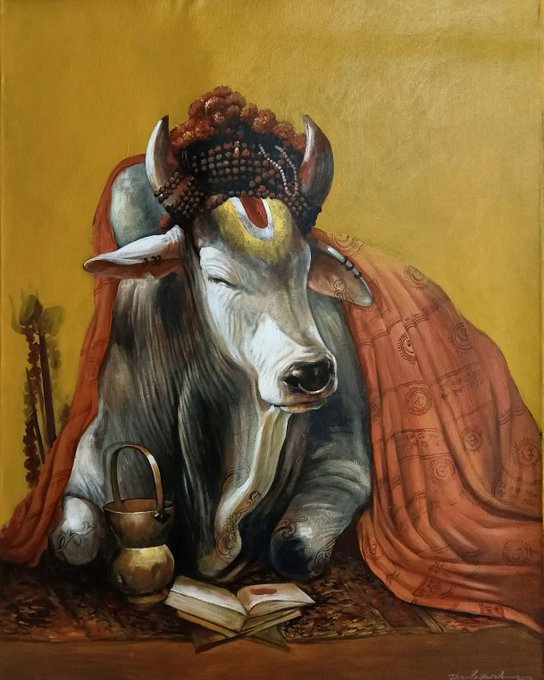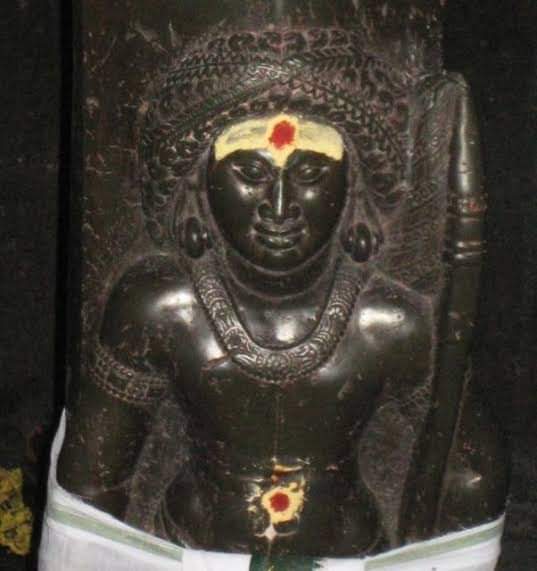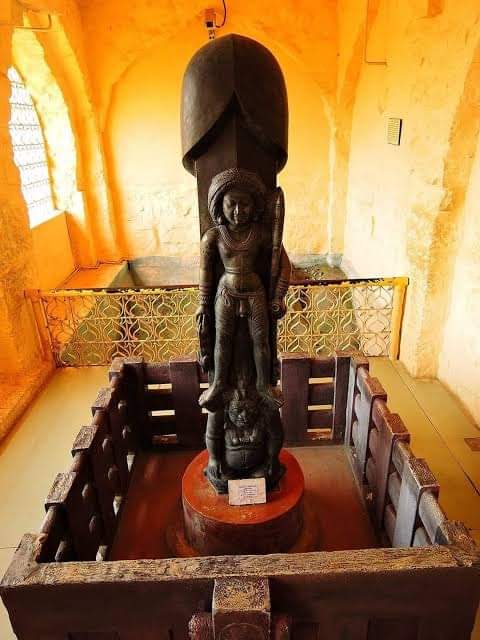Twelve Young Hazara police cadets were killed when two assailants opened fire on their vehicle. The attack occurred on Saryab Road and left nine others injured.
What is Hazara Genocide, let's have a look.
February 9, 2001:
8 passenger were shot dead & five severely wounded when they were traveling in a van en route from Hazara Town to Alamdar road. Later, Lashkar-e-Jhangvi claimed responsibility for the attack.
#ShiaHazaraCallsPMIK
Twelve Young Hazara police cadets were killed when two assailants opened fire on their vehicle. The attack occurred on Saryab Road and left nine others injured.
Quetta mosque bombing: Fifty five people were killed and over 150 were injured in an attack on worshipers during Friday Prayers on Mekongi road Quetta
At least 60 people were killed and more than 100 critically injured when a religious procession of the Shia Muslims was attacked with extensive open-firing which followed an explosion by rival Sunni extremists at Liaquat Bazaar in Quetta on Tenth of Muharram.
Agha Ghulam Ali, aged 25, owner of the famous fruit juice outlet in Pakistan. His father Agha Abbas Ali had also been murdered by the same Sunni Muslim terrorist organization in May 2002.
At least 73 people were killed and 206 injured when a bomb exploded during a rally.
Hazara Town shooting: Eight died and fifteen were wounded in the early morning when armed men fired rockets at Hazara people playing outside in an open field. Children were also among the victims.
Abrar Hussain, the Pakistani Olympian boxer and Chairman Balochistan Sports Board, was assassinated near Ayub National Stadium in Quetta.
Thirteen died and twenty-two were wounded when a suicide bomber blew himself up in the morning of Eid near Hazara Eid Gah. Four women and two children were also among the dead.
A bus carrying pilgrims to Taftan was stopped in Mastung near Quetta, after identifying Hazara passengers they were massacred leaving 26 dead. Three more were shot dead when they were on their way to collect the bodies.
Five more Shia Hazara were casualties in an attack when unidentified gunmen opened fire on a van.
Three Hazara men were shot dead in Quetta. Two of the victims were public servants and the third one Abid Ali Nazish, was a television artist.
A taxi carrying passengers from Hazara Town was sprayed with bullets, which killed seven and injured six. Three women and some children were also among the casualties. This was the third attack on the community in just one week.
Two Hazara men were shot dead in Mekongi road, Quetta, Lashkar-e-Jhangvi (LeJ) claimed responsibility for the attack.
Three businessmen, one Tea trader and two Ice cream parlour owners, were gunned down in the busiest bazaars of the city, in two separate incidents.
Eight Hazara men were killed on their way to work when armed assailants opened fire on a taxi carrying them on Brewery road.
Two brothers were shot dead on Brewery road near SBKW University adjacent to Hazara Town, Quetta. The Pakistani paramilitary force of Frontier Corps later arrested three suspects with the help of locals.
Two brothers were killed when unidentified gunmen opened fire on them while they were standing in the line outside Passport issuing office on Joint road, Quetta.
15 people were killed and 45 others injured, when a suicide attack occurred on a bus in Quetta which had just returned from Iran carrying 60 pilgrims including scores of women and children belonging to the Hazara community.
"Assailants on a motorcycle opened fire on a yellow taxi cab on Spinny Road": 3 Hazaras killed, 2 injured.
115 people killed in total and wounding more than 270 in a blast. It was, according to one Hazara leader, the worst attack in Quetta in 14 years. Lashkar-e-Jhangvi, a sunni terrorist organization, has claimed the responsibility of these attacks.
A big bomb blast at Kirani Roadnear Hazara Town of Quetta killed 73 and wounded at least 180 people from Shia community. Banned sunni terrorist outfit Lashkar Jhangvi (LJ) claimed responsibility for the bombing.
At least 33 Hazaras were killed (including 9 women and 4 children) and over 70 seriously injured (15 in critical condition) when Al-Qaeda affiliated terrorists carried a suicide attack and exploded an improvised explosive device in a crowded area.
Two unidentified attackers on a motorcycle opened fire on a van heading for a nearby vegetable market, killing the driver and four others, continuing the trend of attacks against Hazaras in Quetta.
1 Policeman killed, 1 injured, during ISIS terrorist attack on Hazara Vegetable Sellers in Hazaraganji.
Terrorists open fire on Hazara-owned yellow cab, killing one and wounding another. The attack happened on Qandahari bazar in the heart of Quetta’s business district
Terrorists slaughtered 17 Hazara persons who were working as miners at Mach, Balochistan









